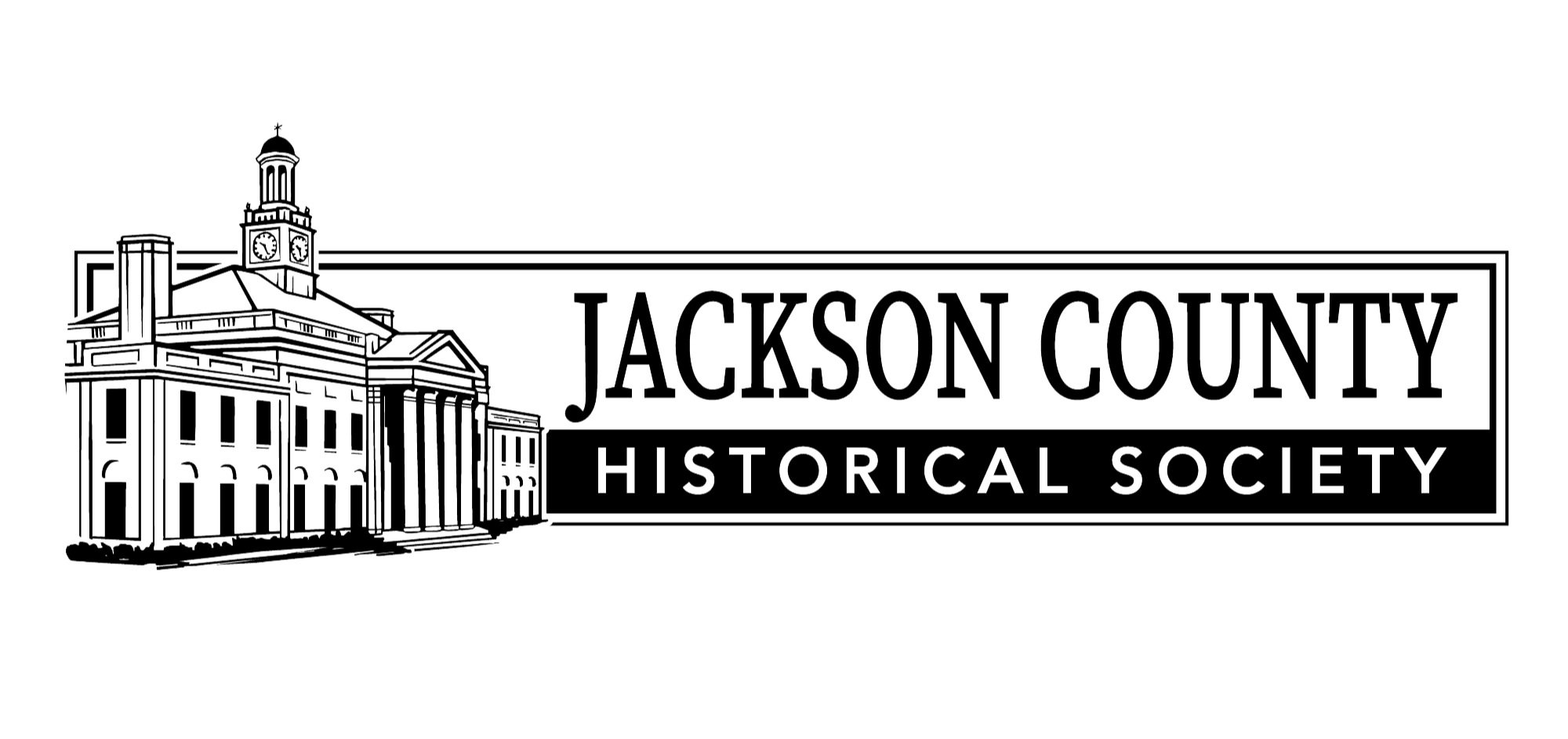Tips and Tricks: Researching Your House
By Savannah LoreResearching your home is a challenging project. Mainly because house history uses a lot of materials that most people don’t see on a day to day basis. It is important to know what kind of information you will find and what might be available.
Title Abstracts are helpful in house research if you can find one. They are a compiled history on a certain property. This means a title company did all the available research at that time on the deeds on a certain plot of land. Abstracts include deeds on a property from the first owner to the most current owner information available. Abstracts let you know who owned the property but it will not always give you information on the building on the property. You can still pay a title company to compile this information for you. Jackson County Historical Society has an abstract collection in our archives. However, these are donated materials, so we do not have abstracts for every property in Jackson County.
While JCHS does have a very large photograph collection, photographs of homes can be difficult to find. Blueprints of homes are even rarer in our collections. A few abstracts of properties in our collections have photographs. We have more photographs of buildings in our collections than of homes. For some information you would like to know about your home, most of the time you will have to get a little creative.
Here are a few tips for starting your house history:
Know what your legal description is! This will be helpful when you are looking into abstracts or plat maps. This is not your address. The legal description is the section, township, range, and/or subdivision of your property. Many deeds or other materials will be organized only by this description. You can easily use the Jackson County Parcel Viewer to find out the legal description. You will need to search the address you are interested in and click on the property on the map. After clicking on “Click for more Property Information,” the legal description should be at the bottom of basic information.
Are you in a historic neighborhood or is the building on the historic register? Contact the historic preservation office of your city for more information on historic register forms. The history of these buildings and areas are usually included in historic register forms. The Historic American Buildings Survey (HABS) and the Historic American Engineering Record (HAER) (through the Library of Congress) also has documentation of historic buildings in different cities throughout the United States. This site is most useful for buildings that have historic designation as these were included on the national surveys.
Check out the Jackson County Recorder of Deeds public records. The property deeds are under “Official Public Records.” To do a general search, click on “Search Real Estate Index.” This is easier to use if you have the legal description of the property. These public records show deeds and other property information on file. This is a great resource for starting to compile who owned your property using the deeds available online.
Sanborn Fire Maps will give you the most information about the structure of your home. These maps were created by fire insurance companies to know liability in urban areas. Mid-Continent Public Library has these maps available online. You will have to use your address with these maps to find the home you are looking for. Depending on the city you are looking at, there will only be certain dates of maps. Be aware of the city limits or street names for the year you are looking at as these did change throughout the years.
Here is a section of the first page of the Sanborn Fire Map for Independence from December 1892.
If the house is in Kansas City, Kansas City Public Library has a collection of the 1940 Tax Assessment Photographs. In 1940, the WPA and Jackson County created a visual survey of all standing buildings in Kansas City. This is a great resource for buildings that would have been standing in 1940. You can also look at many of their maps online. For more information or how to use these resources, contact the Kansas City Public Library.
JCHS has an online plat map from 1925 that researchers can use to see what their property looked liked at that time. An image of a selection of this plat map is included below.
Let's say you find some information, but you are out of leads. Here are a few additional places you can start researching if you hit a dead end: city directories (search by address), newspapers (try searching the names you were able to find), census records (you can look through these forms for your address). But if you are really stuck, you can contact your local archivist! While the archive might not have the information you need, I am always willing to help you think of a next place to look.


